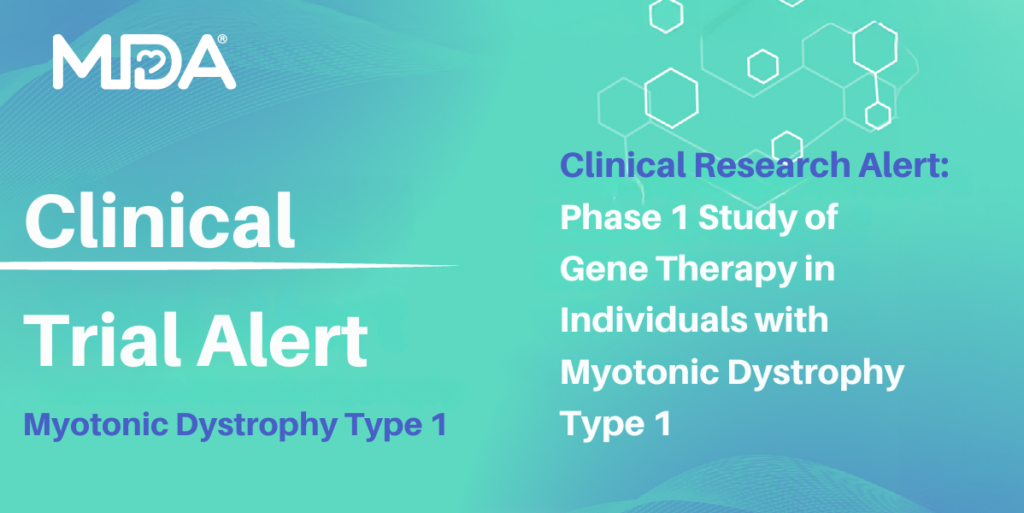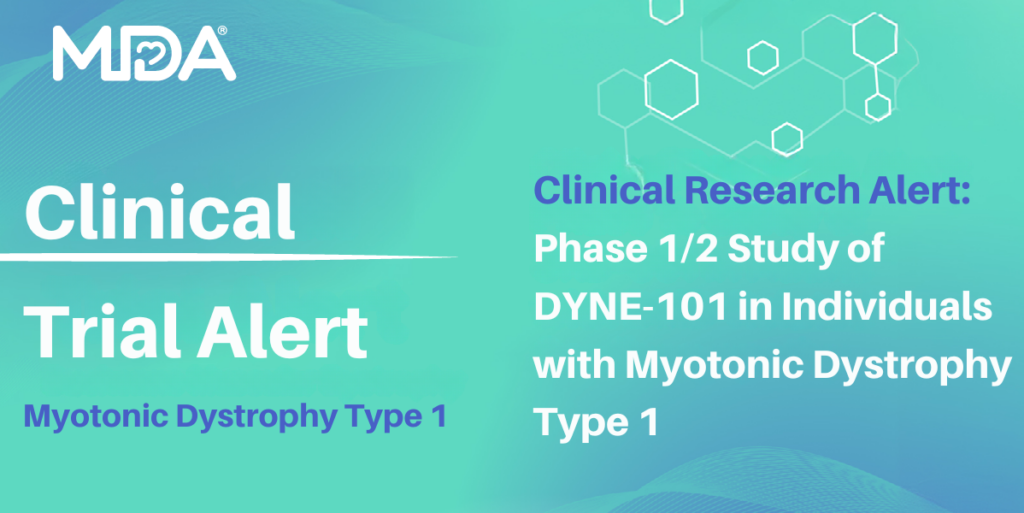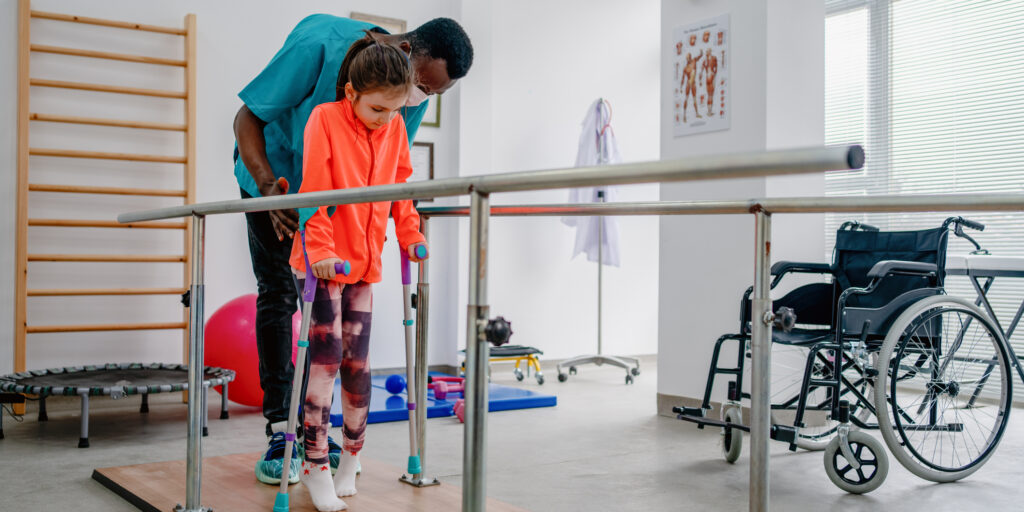
Physical and Occupational Therapy: What They Can Do for You
By Emily Blume | Monday, February 12, 2024
5 Second Summary
Neuromuscular diseases affect how muscles function and impact mobility and many activities of daily living. That’s where physical therapy (PT) and occupational therapy (OT) come in. They’re different, but they both play a role in life with a neuromuscular disease.
Almost every ordinary activity — eating a meal, taking a bath or shower, using the toilet, using a computer, driving a car — can be affected by weakening muscles caused by a neuromuscular disease. Most of these activities can be maintained — often in a modified form — with the help of physical therapy (PT) and occupational therapy (OT).
Generally, physical therapists (PTs) deal with large muscles and maintaining physical strength and overall mobility, while occupational therapists (OTs) focus on smaller muscles and the ability to perform skills and tasks.
PT: Strength and mobility
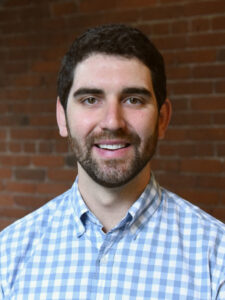
Michael Kiefer, PT, DPT, PhD, is a physical therapist.
In addition to working on significant muscle movements used for mobility and overall physical function, PT can address tight muscles and joint restrictions.
The tools that help PTs reach their goals include stretching, balance training, resistance exercises, and aerobic endurance training. The goal is not only to enhance mobility but also to anticipate and counteract future challenges.
A significant benefit of PT is slowing down the advancement of a progressive condition. The key is starting PT as early in the disease journey as possible. PT can help maintain strength and flexibility through stretching and strengthening programs.
PT can also help individuals understand their options for mobility devices, such as power wheelchairs, orthotics, and walkers. “As different providers become more specialized, and there’s more technology and advancements moving along, there are some additional supports to help people that they may not even have known were available or an option,” says physical therapist Michael Kiefer, PT, DPT, PhD.
Sometimes, choosing medical equipment is accomplished in coordination with OTs, and this is one of many areas in which these two therapies overlap.
OT: Activities of daily living
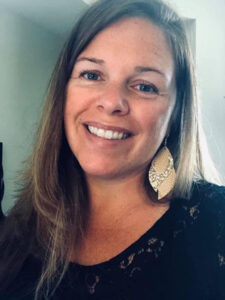
Kelly McCann, MS, OTR/L, is an occupational therapist.
OT focuses on improving how patients function in daily life. Occupational therapist Kelly McCann, MS, OTR/L, says her primary goal is to find compensatory strategies. This involves teaching individuals alternative methods for daily activities affected by illness or injury, such as writing, dressing, and feeding. OTs can help individuals select tools like adaptive devices, clothing, and specialized shoes to enhance daily life.
An important aspect of OT for individuals with neuromuscular diseases is the focus on energy conservation. “I know with a lot of neuromuscular conditions, chronic pain and fatigue are huge issues,” Kelly explains. “We like to teach energy conservation techniques or provide different equipment that makes your daily activities easier. They still allow you to remain as independent as possible.”
OTs generally recommend starting OT at the time of a diagnosis. For those who didn’t receive this care initially, signs that it’s time to start OT include increasing limits on daily activities or losing interest in activities they typically enjoy.
For many, help from OT can be life-changing.
“I love it when I can help somebody do something they haven’t been able to do,” Kelly says. “I love seeing them gain that independence back.”
Collaboration and proactive approach
Receiving coordinated care between providers, such as through a multidisciplinary care team at an MDA Care Center, is critical to navigating a neuromuscular disease. PTs and OTs often can be seen as part of MDA Care Center visits.
Nora Capocci, Vice President of Healthcare Services for MDA, stresses the collaborative nature of PTs and OTs. Coordinated care between your neurologist and other providers ensures they work together to address your needs as they evolve.
“Everyone’s disease journey is different, but everyone benefits from the ability to maximize independence in whichever form that looks like for them,” Nora says. “The range of benefits from these therapies is both mental and physical, keeping someone functioning to the best of their ability and feeling their best.”
At the time of diagnosis, your neurologist can help identify if a referral to OT or PT is necessary. Whether or not you attend an MDA Care Center, it’s critical that the care among your providers is coordinated. “Especially if you’re seeing someone outside of a neuromuscular center, you want to make sure that the PT or OT is knowledgeable of your condition and also is communicating and coordinating their plan of care with your primary neurologist or care provider,” Michael explains.
A proactive approach, with coordinated care, involves not only managing current challenges but also anticipating and mitigating future obstacles. Michael underscores the role PTs and OTs play in helping the whole care team anticipate an individual’s future needs.
“Beyond the clinical benefits, the most profound aspect of OT and PT is their capacity to listen and adapt to the individual’s evolving needs,” says physical therapist Manuela Corti, PT, PhD, an Associate Professor at the University of Florida Health. “This attentive, personalized approach not only addresses the physical challenges but also nurtures the emotional resilience necessary for facing neuromuscular diseases. It’s about crafting a care path that respects the person’s lifestyle, preferences, and aspirations, ensuring they’re not just surviving but thriving.”
Similarities and Differences Between Physical and Occupational Therapy
[TABLE]
Physical Therapy Occupational Therapy
| Focus | Improving or preserving physical function, mobility, and strength. | Helping individuals perform activities of daily living (ADLs) and improving overall life skills. |
| Time frame | At time of diagnosis or when an individual experiences strength or mobility challenges | At time of diagnosis or when an individual experiences limits on ADLs |
| Goals |
Rehabilitation, injury prevention, pain management, and enhancing physical function.
|
Enhancing independence, promoting participation in ADLs, pain management, and improving overall quality of life. |
| Treatment areas | Musculoskeletal conditions, neurological disorders, orthopedic injuries, and sports injuries. | Cognitive, sensory, and psychosocial issues impacting ADLs, including fine motor skills, self-care, and vocational tasks. |
| Interventions | Exercises, manual therapy, modalities (e.g., ultrasound, heat/cold therapy), mobility devices, and patient education. | Adaptive techniques, environmental modifications, assistive devices, and skill-building activities. |
| Assessment | Assesses range of motion, strength, physical impairments, and functional limitations. | Assesses cognitive, sensory, and psychosocial aspects and how these impact ADLs. |
Emily Blume is a freelance journalist living in Washington State.
Next Steps and Useful Resources
- Stay up-to-date on Quest content! Subscribe to Quest Magazine and Newsletter.
TAGS: Equipment and Assistive Devices, Featured Content, Healthcare, Staying Active, Web Exclusive
TYPE: Featured Article
Disclaimer: No content on this site should ever be used as a substitute for direct medical advice from your doctor or other qualified clinician.


